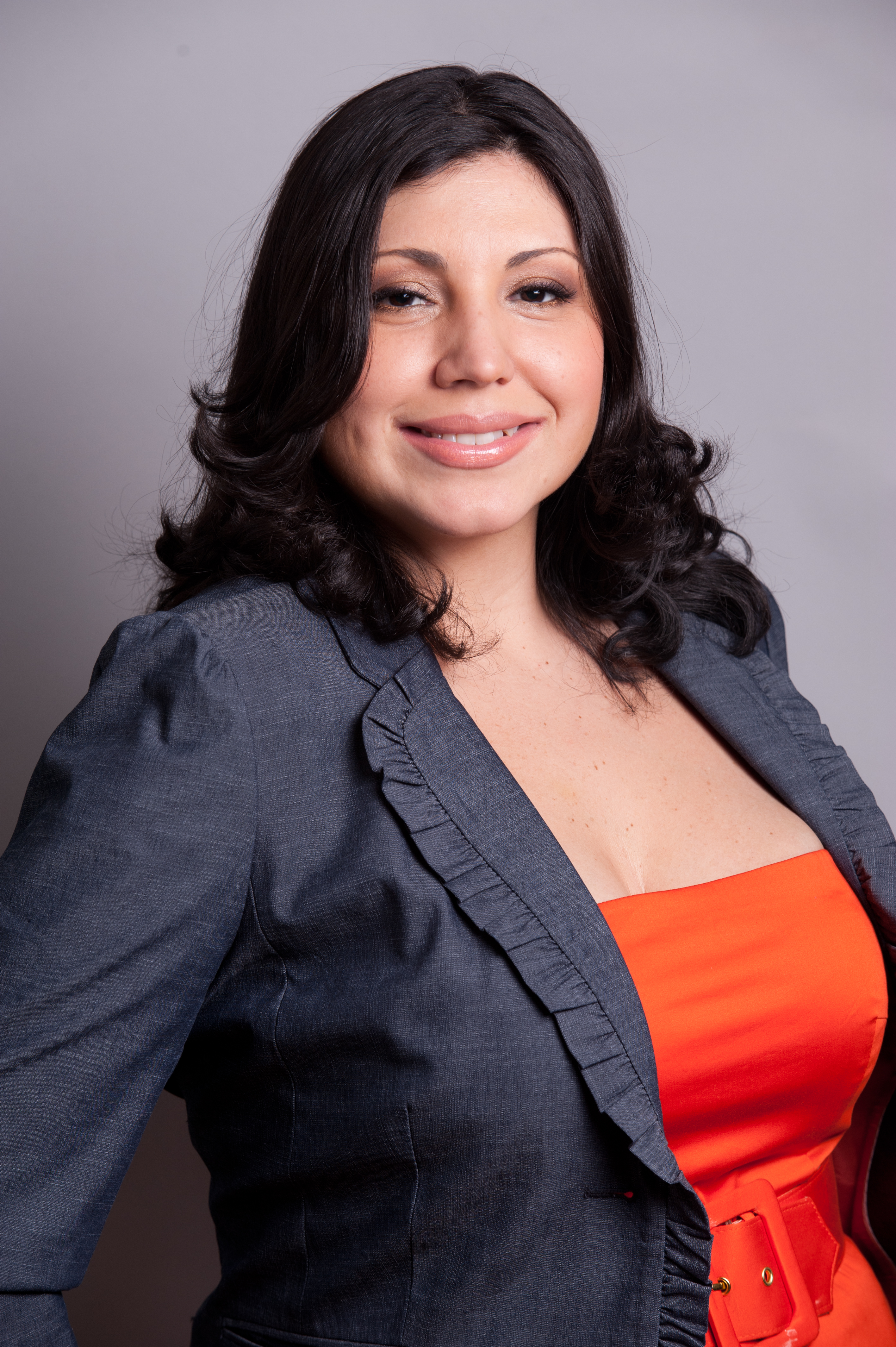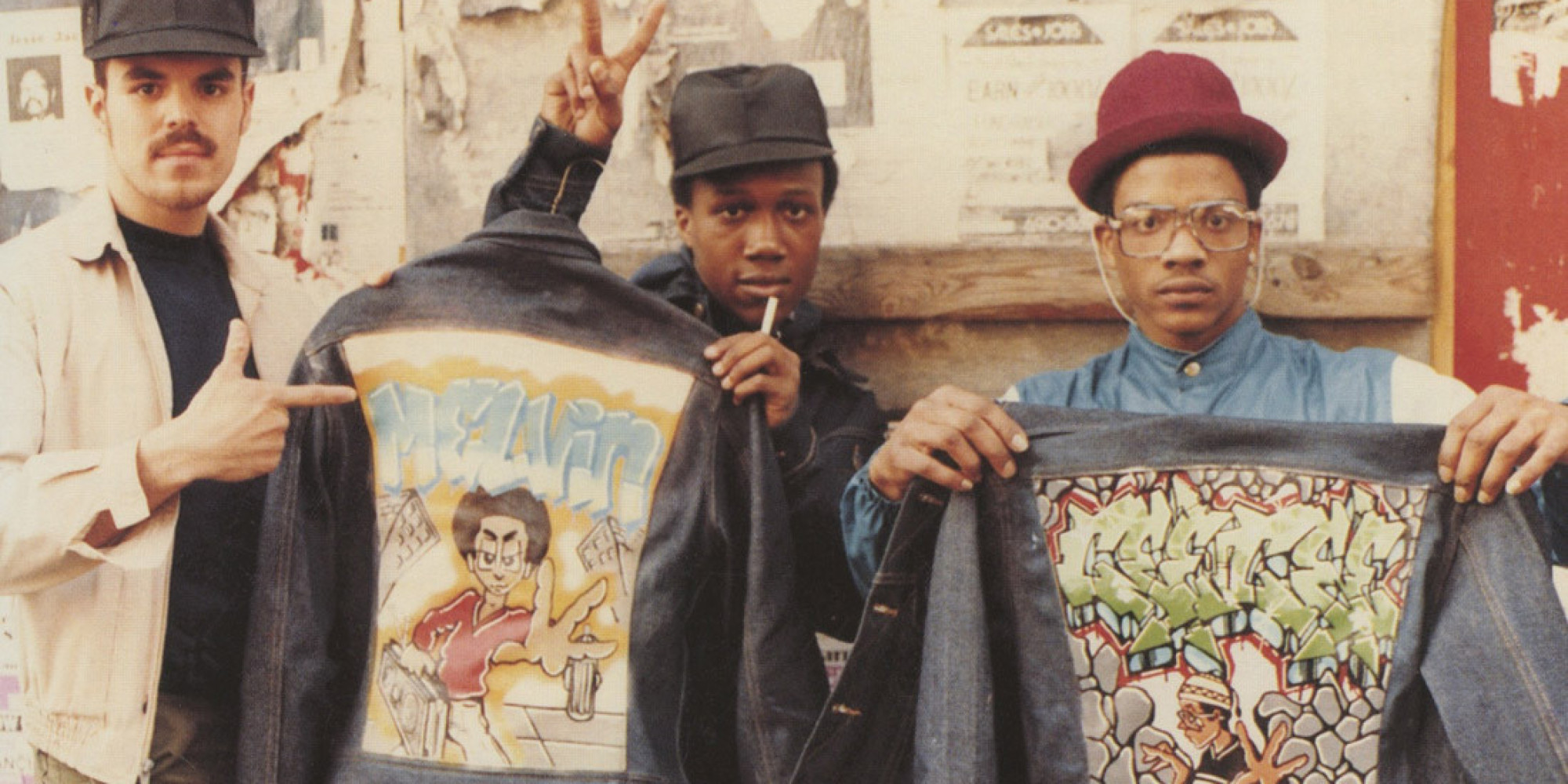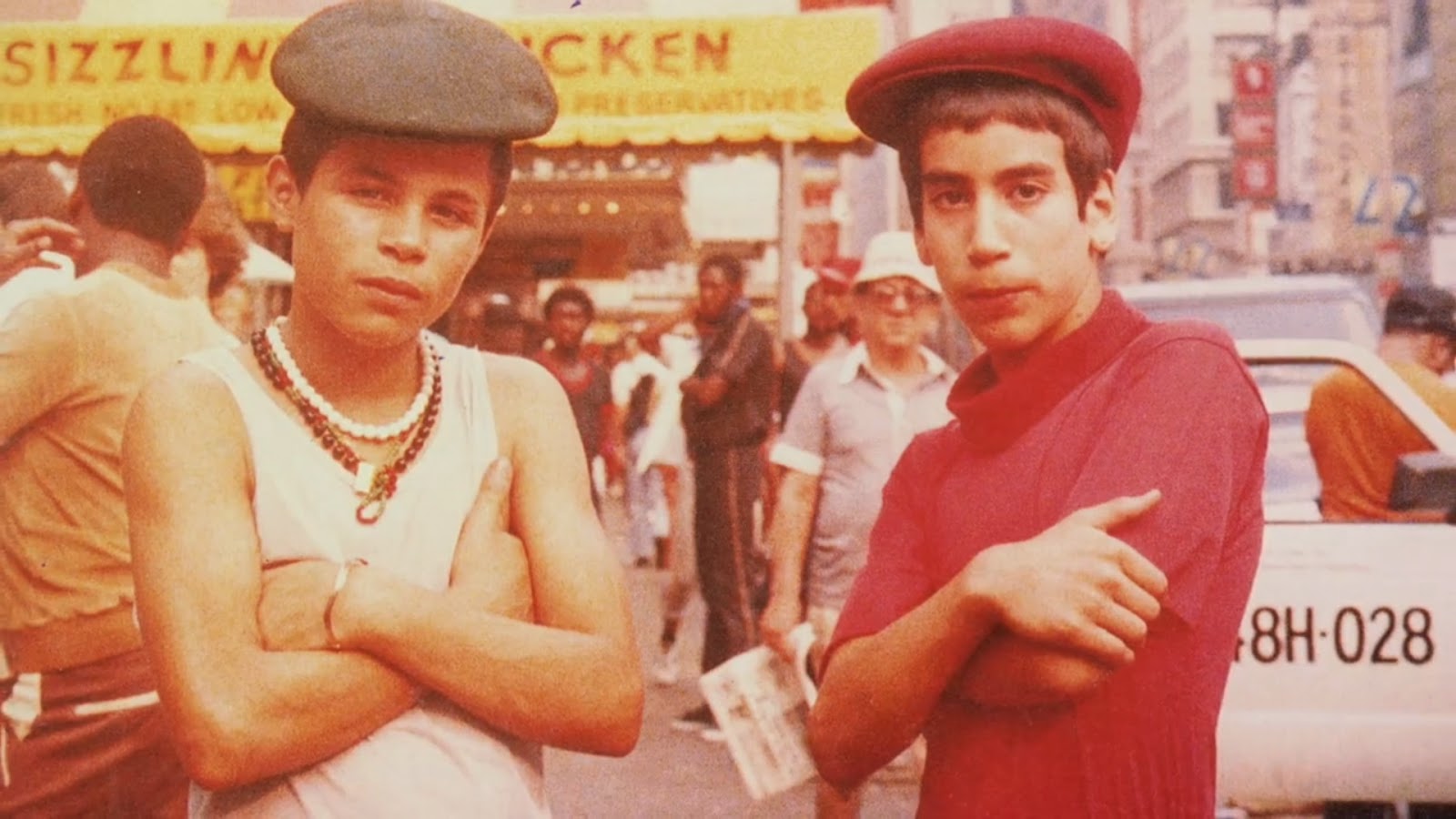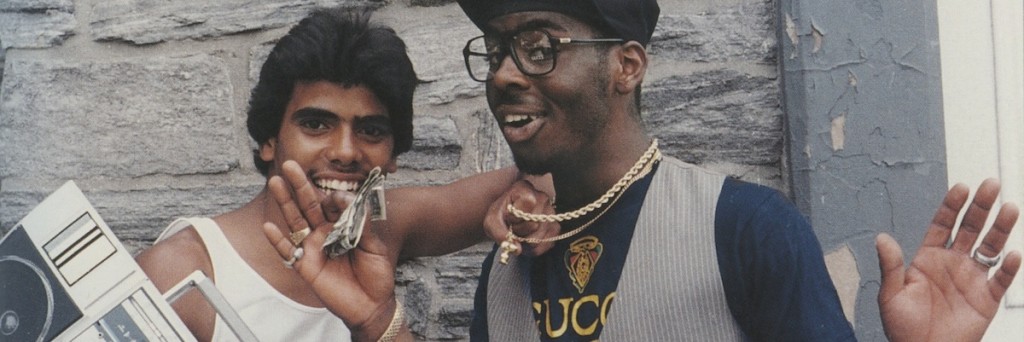Anyone with their eyes on the ground in a major metropolitan area knows that street fashion is enjoying a rare moment of anything-goes creative freedom. Just a few years back, those who dared to break the mold of white tees, Timbs, and oversized FUBU jackets were virtually begging for pariah status in hoods across the nation. Now, with figures like Kanye West and A$AP Rocky setting the tone, high fashion and personal expression are the order of the day.
But this isn’t an isolated phenomenon. As with any post-modern cultural expression, the history of hip-hop fashion is the history of an authentic youth culture caught up in the complex push and pull of the global marketplace: a history of commodification and exploitation, new technologies, and changing social mores. Most importantly, as the documentary Fresh Dressed suggests in its concluding moments, fashion is cyclical, and it seems like we’re living through the beginning of a new generational cycle flush with possibilities.
Indeed, Fresh Dressed‘s strength lies in this astute historical perspective. On a stylistic level, director Sacha Jenkins’ debut feature is certainly nothing out of the ordinary, with a deep roster of talking heads complemented by archival footage and some glossy animated sequences. But more than a slick, entertaining, and informative film, Fresh Dressed is a momentous oral history of one of the 20th century’s most expansive cultural movements, tracing hip-hop style from its origins in the New York street gangs of the 1970s, through its effervescent DIY adolescence, and finally to its multi-billion dollar industry breakout in the mid-90s.
Over 83 agile minutes, this story is laid out by those who lived it and made it over the course of nearly four decades, including marquee names like Puff Daddy, Nas, and Kanye West, alongside fashion icons like Damon Dash, Daymond John, and Marc Ecko. But throughout the documentary one recurring voice brings an unusual depth of perspective to these questions, despite her status as a relative unknown in the midst of global cultural giants.

“We’ve always remixed, and that’s the beautiful thing about our music and our style. We don’t want to be anything ordinary.”
Elena Romero may not be a household name for your average hip-hop aficionado, but she holds a special place within the pantheon of hip-hop style; she was the pioneering fashion journalist who documented the meteoric rise (and eventual fall) of streetwear’s 90s mainstream hey day. In addition to her coverage for fashion trade magazines like the now-defunct DNR and WWD, her 2012 book Free Stylin’ drew on years of first-hand experience to offer up the first truly in-depth history of hip-hop fashion.
“The [fashion] industry in and of itself never really embraced what this urban fashion market created and did within the industry,” she explained to Remezcla ahead of the movie’s CNN broadcast, “so I felt it was really necessary to put in perspective the historical contributions of people of color within the fashion industry.”

Speaking from her office at the City College of New York’s Division of Interdisciplinary Studies, where she is Communications Coordinator and Adjunct Assistant Professor, it seems Romero’s encyclopedic knowledge of hip-hop fashion history is only surpassed by her depth of personal investment in the culture. As a Puerto Rican growing up in 1980s Brooklyn, Romero’s contact with the burgeoning hip hop movement was inevitable, and her connection to the culture is unconsciously reaffirmed as she repeatedly refers to hip hop in the first person plural: “we,” “us,” and “our.”
Yet somehow in the mainstream media, the numerous contributions of Puerto Ricans and Latinos like Romero to the development of hip hop continues to go unacknowledged. Even in Fresh Dressed, despite the plethora of Latino voices included throughout the film, the focus is clearly centered on hip hop as a product of the African-American experience – a perspective evidenced by an extended prologue exploring the historical importance of style and self-expression within the U.S.’ black community.
“We were part of the story of urban fashion, and continue to be.”
But in our conversation, Romero was clear that she wanted to set the record straight. “We were part of the story [of urban fashion], and continue to be,” she affirmed in her direct, unambiguous Brooklynese. Of course, she acknowledges the difficulty of delving into this legacy within the restricted format of a feature documentary like Fresh Dressed, but she’s quick to point out that even many of the seemingly African-American designers profiled in the film were actually Latino too.
“Back then a lot of people weren’t shouting out their Latino-ness, they were kinda keeping it to themselves,” she admits before rattling off a list of names that includes Costa Rican-born Karl Kani (born Carl Williams), whose Panamanian father introduced him to the art of fine tailoring; or the half-black, half-Mexican designer April Walker of Walker Wear. Then there were the more clear-cut cases, like Michigan’s Robert Montalvo of La Raza Clothing, Boricua Willie Esco of Esco Clothing Co., or Colombian Rueben Campos of Azzuré, all of whom left their mark on the hip-hop fashion boom before the inevitable bust contracted the industry in the mid-2000s.
“I’m not sure the people who created the urban fashion industry had any intention of doing this long-term,” Romero reflected. “What I could tell you is that they reached for the stars and they took it as far as they could for what they knew at that time. These were young people, many under 30, making six figures with no college education or formal design training.”
Yet despite these seemingly ephemeral gains, Romero remains optimistic about the future possibilities of hip-hop fashion in general, and especially for Latinos. “I think we haven’t touched the tip of the iceberg. And it might have been too soon [back in the 90s]. First the industry needed to recognize that there was a market of color – that being African-Americans. They still haven’t fully embraced or understood the Latino community, because we’re so [diverse].”

But with increasing visibility for Latinos on the global stage, she conceded, come expanding possibilities for Latinos working within the urban fashion industry. “The more we see Latino celebrities in hip hop and pop, that opens up doors. And obviously style is right behind music.” Though she took a moment to point out where the real power lies: “At the end of the day, the power that you have is in your buying power.”
So, now that hip-hop style finds itself in a moment of chaotic creative renovation, what might the future of the urban fashion industry ultimately look like? For Romero, the challenges are still complex, but there is something to build on: “Now the brands have to discover what the formula may be and hopefully learn from some of the past mistakes of their predecessors.”
Though as Fresh Dressed makes clear, hip hop goes well beyond brand names and business models. “We’ve always remixed, and that’s the beautiful thing about our music and our style. We don’t want to be anything ordinary. We’ll take something and reinvent it and put a twist on it and make it our own,” Romero asserted as our conversation drew to a close, “Now it will be up to this new generation to see if they’ll take this same approach or take a totally different approach to move the market forward.”
It’s an exciting time, and Romero is looking forward to seeing where it’s all going. “The perfect remix of the new with the old,” she proposed optimistically, “that would be great to see with fashion.”
Fresh Dressed premieres on CNN on September 3 at 9 p.m. It will be also air on September 3 at 10:45 p.m., and on September 5, at 8 p.m. and 10 p.m.







